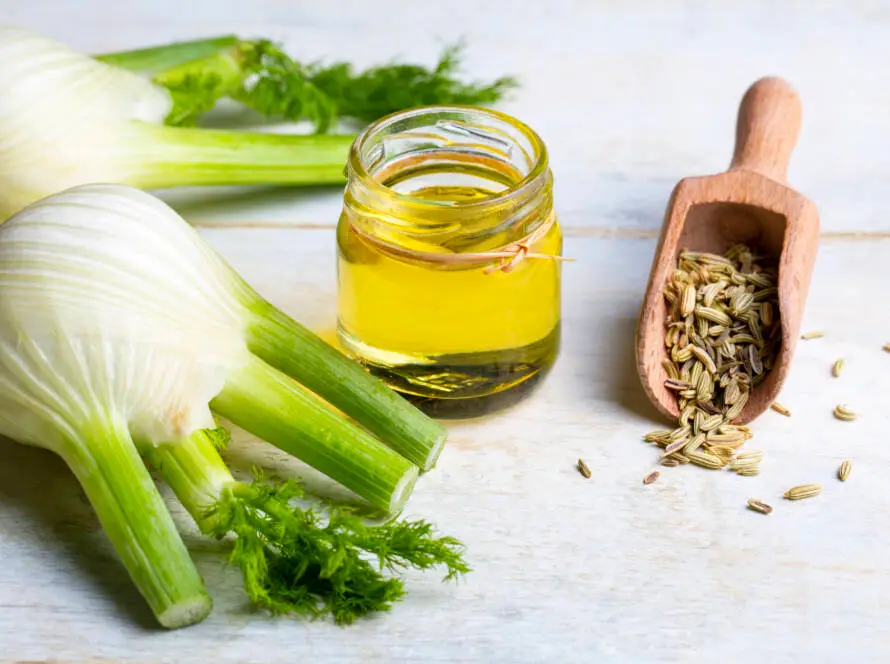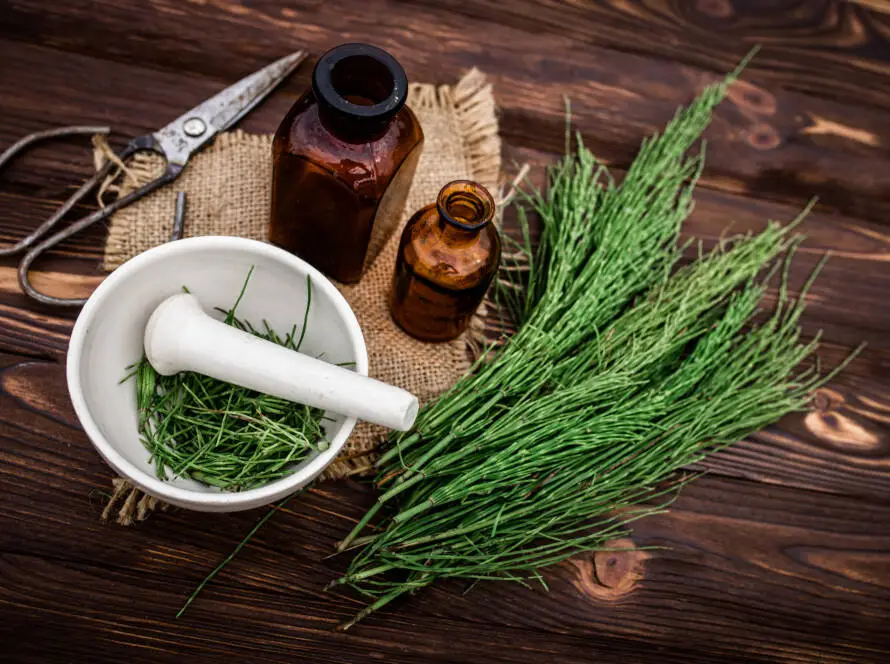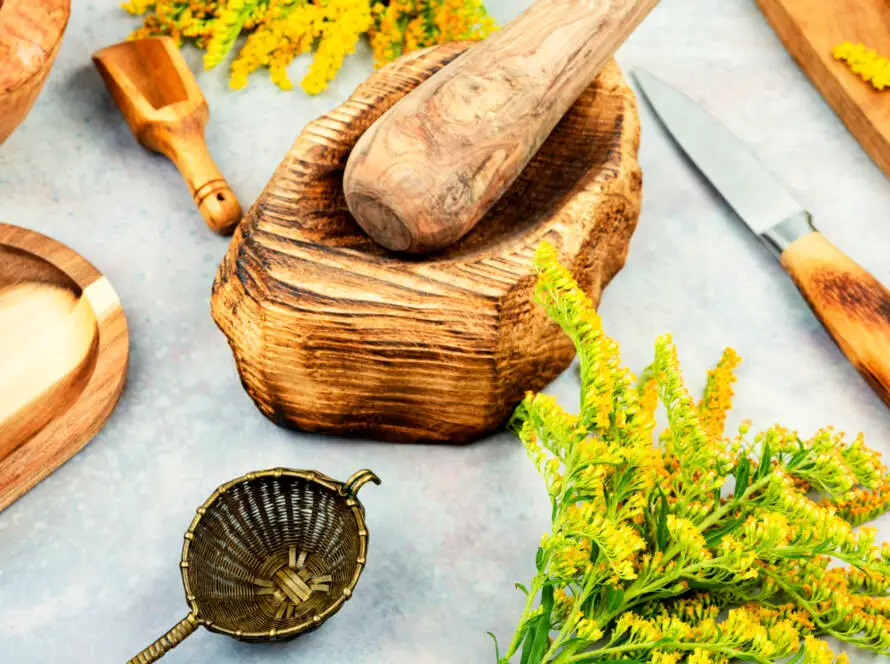An Overview of Benefits and Uses
Dandelion, scientifically known as Taraxacum officinale, is a common flowering herb native to Europe and Asia, now found worldwide. Often considered a weed, its leaves, flowers, and roots have been used for centuries in traditional medicine due to their nutritional and therapeutic properties.
Key Characteristics
Dandelions are recognizable by their bright yellow flowers that turn into white fluffy seed heads. The plant has jagged green leaves that grow close to the ground, and its root can grow deep into the soil. Rich in vitamins A, C, and K, as well as minerals like iron and potassium, dandelions offer numerous health benefits.
Health Benefits
Dandelion herb is renowned for its diverse health benefits, attributed to its rich nutrient profile and active compounds, including flavonoids, polyphenols, and inulin. Here are some key benefits:
- Liver Health: Dandelion is known for its ability to support liver function and promote detoxification. It may help protect the liver from damage and improve its function.
- Diuretic Properties: Often used as a natural diuretic, dandelion can help promote urination and flush out excess fluids, which may assist in managing conditions like high blood pressure.
- Anti-inflammatory Effects: Dandelion contains compounds that may reduce inflammation, providing relief for inflammatory conditions such as arthritis.
- Digestive Support: The herb can stimulate appetite and promote healthy digestion, alleviating issues like bloating and constipation due to its inulin content.
- Rich in Antioxidants: Dandelion is loaded with antioxidants, which can help combat oxidative stress and reduce the risk of chronic diseases.
Uses in Supplements and Preparations
Dandelion can be consumed in various forms:
- Fresh Leaves: Young dandelion leaves can be eaten in salads or sautéed as a nutritious green vegetable.
- Dandelion Tea: Made from the leaves or roots, this herbal tea offers a mild, slightly bitter flavor, known for its health benefits.
- Tinctures and Extracts: Available in supplement form, these concentrated versions provide a convenient way to enjoy the herb’s benefits.
- Dandelion Coffee: Roasted dandelion root can be brewed to make a caffeine-free coffee substitute, known for its unique flavor and health benefits.
Risks and Side Effects
Although generally safe, dandelion may cause side effects in some individuals, including:
- Allergic Reactions: Those allergic to plants in the Asteraceae family (like ragweed) should use caution.
- Digestive Upset: Some individuals may experience stomach discomfort, diarrhea, or heartburn when consuming dandelion.
- Medication Interactions: Dandelion may interact with certain medications, particularly diuretics or blood thinners, so consulting a healthcare provider is advisable before use.
Conclusion
Dandelion is a versatile herb with a wealth of health benefits, from liver support and digestive health to anti-inflammatory properties and rich antioxidant content. Its long history in traditional medicine highlights its value, making it a worthwhile addition to a holistic wellness routine. As with any supplement, it’s best to consult with a healthcare professional before incorporating dandelion into your diet, especially if you have underlying health conditions or are taking medication.
Sources
- Dandelion. Natural Standard Database website.
- Dandelion (Taraxacum officinale). Natural Medicines Comprehensive Database Web site.
- Dandelion root with herb. In: Blumenthal M, Goldberg A, Brinckman J, eds. Herbal Medicine: Expanded Commission E Monographs. Newton, MA: Lippincott Williams & Wilkins; 2000:359-366.
- NCCAM National Institutes of Health.
Disclaimer
The information I’ve shared about herbs is for educational purposes only and is not meant as medical advice. While many herbs have been traditionally used for their potential health benefits, individual responses may vary, and the effectiveness of herbs can depend on various factors, including personal health conditions and interactions with medications. It is essential to consult with a qualified healthcare professional or a licensed herbalist before using herbs for medicinal purposes or making significant changes to your health regimen. This information should not be considered a substitute for professional medical advice, diagnosis, or treatment.


